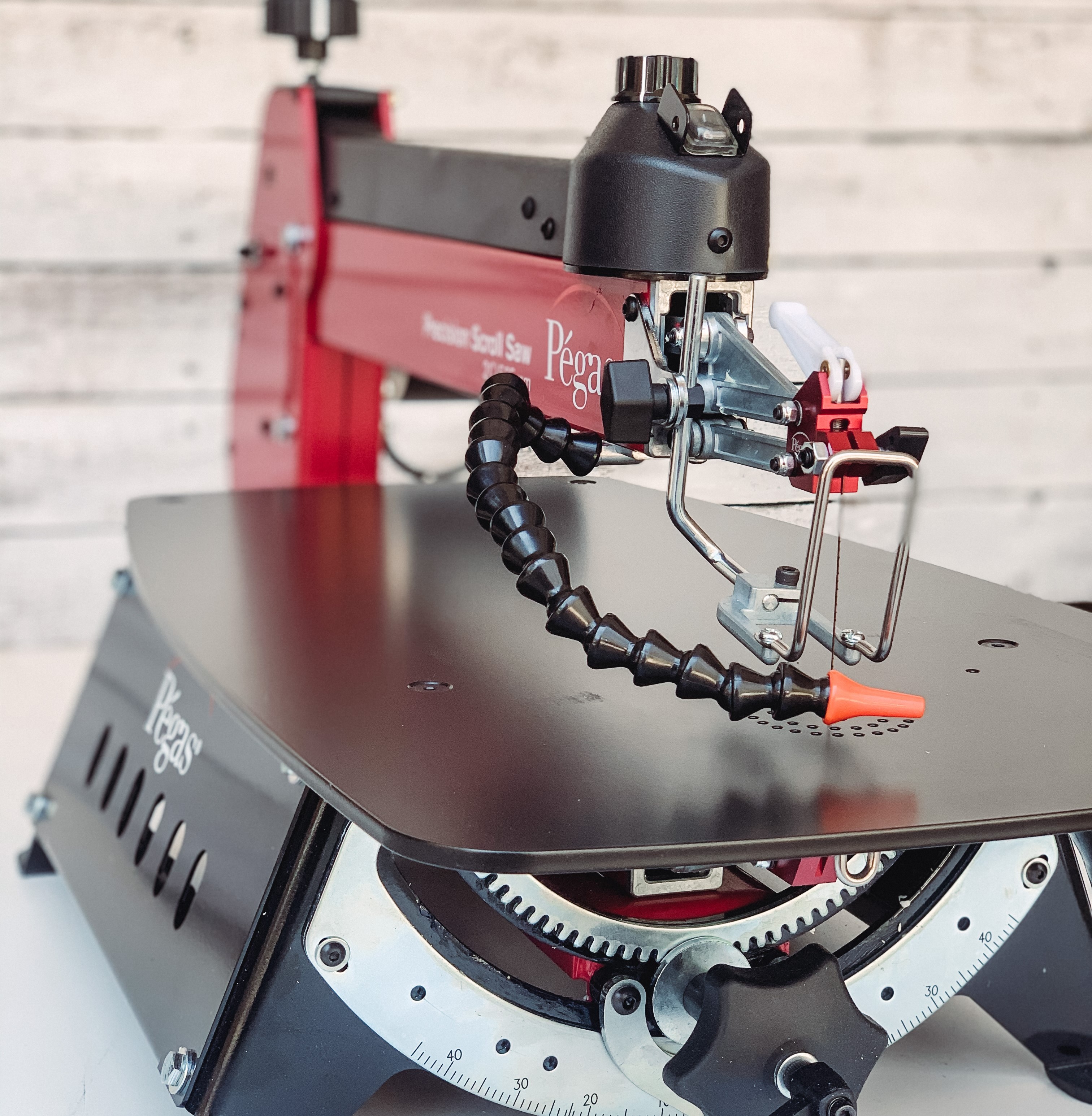
Cleaner, smoother cut, but cuts much slower. You’ll get a cleaner bottom cut but more sawdust. Teeth are pointing in the opposite direction and cutting in the upward movement of the blade. You’ll get a smoother cut, but it won’t cut as fast. Similar to the skip-tooth in that the pattern is two teeth, one skip. The plusses – cuts faster, clears sawdust the minus – a slightly rougher cut. Instead of beginning the next tooth where the previous tooth ends, a tooth is skipped. Teeth evenly spaced along the blade where one tooth ends, the next begins.Some blades have specialty names, while most are rated by their teeth-per-inch (TPI). The general rule of thumb is to choose the smallest blade size most suitable for the thickness of the wood.Īmong the different blade sizes are also different tooth configurations. What is the cut? Larger blades would not be suitable for more intricate cuts, tight corners, or fit into small frets.Smaller blades (#3 and lower) are used for thinner woods.Larger blades (#9 and up) will be more durable, last longer, and cut faster.Generally, higher numbered blades (larger) are used for thicker or denser materials.The higher the number, the larger the blade. You will want to have a variety of blades for your scroll saw to suit different materials being cut and different thicknesses of those materials. Scroll Saw Bladesīlades come in a variety of sizes and teeth configurations. There are lesser important aspects, but these are the essentials to make a good choice for both your needs and your shop. There are options, and if your scroll saw will have a permanent, stationary spot in your shop, the weight will be less important if you want ease of movement as your tool inventory grows, weight becomes more important. Choose at least a two-speed model, although variable speed offers you more options. Plastics should be cut at a slower speed to avoid heat build-up. Variable speed and two-speed are the common options, and it depends on the materials you intend to be cutting. Scroll saw speed is measured by strokes per minute. Unless you work with large pieces, you won’t need the extra distance. Again, the size of the materials you are most likely to cut will determine this need. Most projects will need between 16 inches and 20 inches, although throats can also extend for up to 30 inches.

Throat, you ask? The distance between the blade and the back of the saw.

As you can now imagine, this means the blade cuts on both the upward and the downward stroke, allowing an especially accurate and fine cut on your material. The teeth on a scroll saw blade differs from other power saw blades in an important way: the teeth on the top half of the blade point down, and the teeth on the bottom half of the blade point up. The blades move up and down, cutting through the material being cut as it is pushed, turned, and twisted through the blades.

How Thick a Piece Can a Scroll Saw Cut?Īs we said, scroll saw blades are connected top and bottom, rather than banded, that move on a loop.


 0 kommentar(er)
0 kommentar(er)
